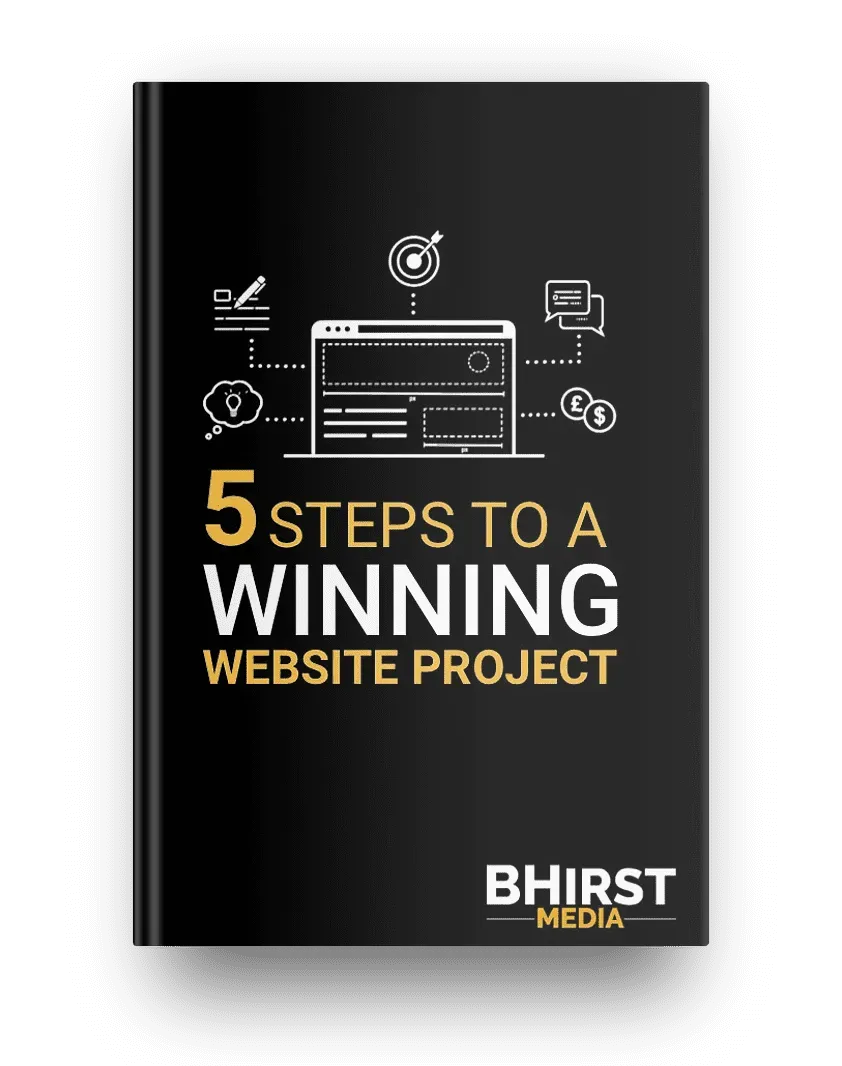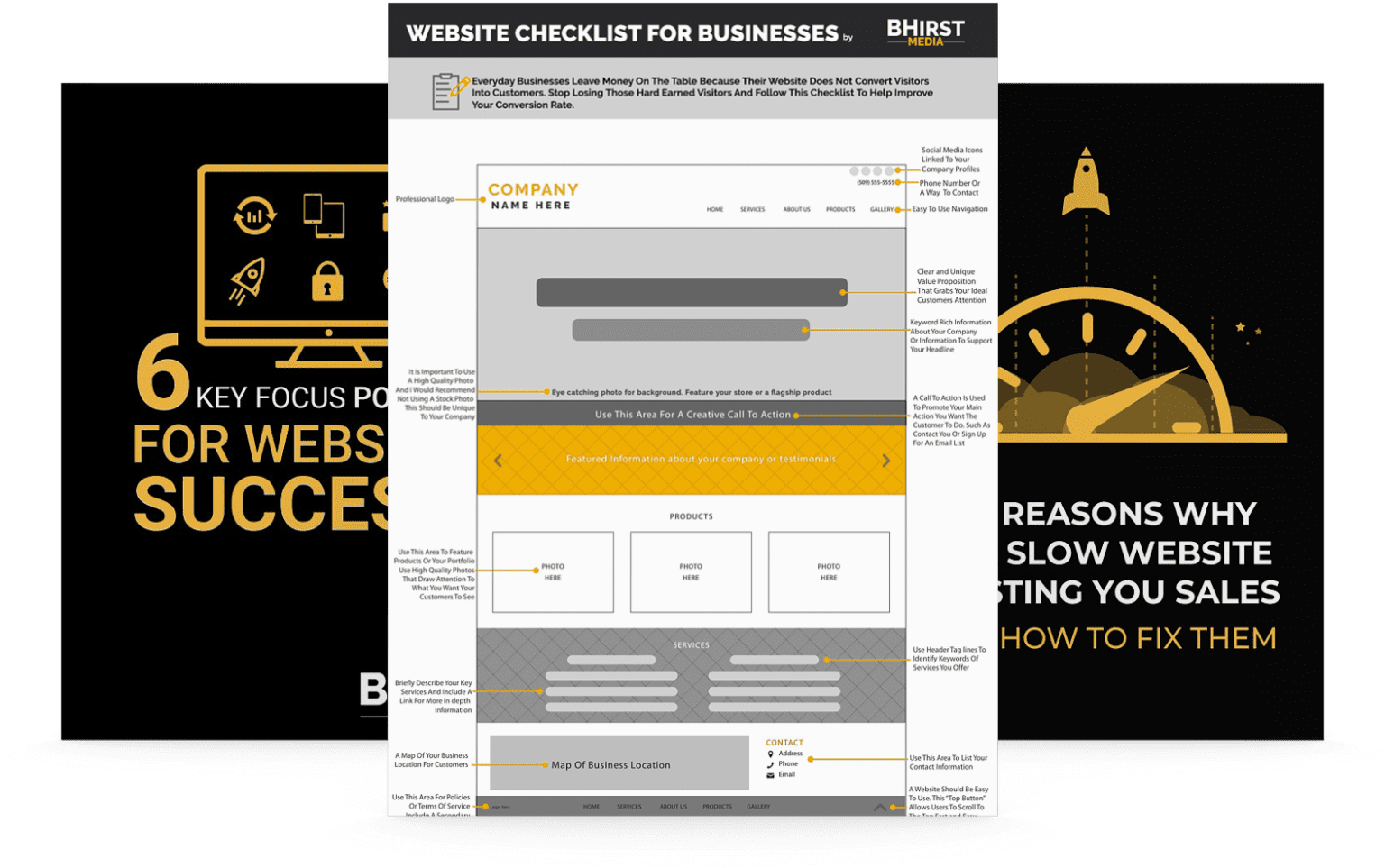
Have you ever visited a website that just didn’t do anything for you? Maybe it was packed with elements and too cluttered to easily read. Perhaps it had giant blocks of text that turned you off or had tons of photos that didn’t interest you.
What does any of this have to do with your website? Understanding user behavior or how people view each page of a website can give you the insight you need to ensure your site doesn’t put off visitors.
Your website can be a powerful tool for your business, but only if people use it. You need to understand what people are looking for when they view your site. Here’s what you need to know about how people view your website.
No matter where a visitor’s eyes fall when the website first loads, they tend to move their eyes to the upper left corner of a webpage to begin scanning it. It may be because it’s the same way we read print materials such as magazines or letters, but regardless of why people look there first, it’s essential to know that they do.
How does this knowledge impact your website design? For starters, you should put the most important, most compelling information there. Next, put your value proposition there or near there to ensure that readers know what you can do for them right from the start.
In the same vein, readers are less likely to focus on the lower half of the page. This lack of focus means they’ll scan the text at the bottom, so you need to draw attention to important information using appropriate headings to highlight critical points.
Photos are pretty, but they aren’t what your visitors look for. People usually scan photos and pay closer attention to the text. There are some exceptions. For example, if your website is supposed to be image-heavy (online stores, art galleries, etc.), you won’t necessarily need lots of text.
Utilize your text smartly, though, or you risk information overload. Make sure not to place large chunks of unbroken text close together. Paragraphs should be short and to the point, or you risk readers growing bored and clicking away.
If you do use photos, larger ones are better than smaller ones. Use pictures that are clear and relevant to the text. Avoid blurry images, out-of-context images, or ones that don’t fit what your text is trying to convey. That said, your images shouldn’t be massive in file-size. Utilize images for the space you display them in and use compressed formats that retain image quality such as JPEG over lesser compressed formats like PNG.

Any time you can summarize important information into bite-sized chunks, do it. Readers love lists because they can quickly scan them for relevant information.
Visitors to your website don’t want to spend hours reading every single piece of text to find the information they need. Help them by putting this information in short, easy-to-read lists, and they’ll spend more time on your site because they’ll feel that it’s worth their time.
The left side of a webpage gets more attention from visitors. Therefore, if you have must-see information such as a navigation menu or categories for your online store, put them on the left-hand side of your website.
People have become accustomed to looking left for important information online. This habit is why many popular websites use left-side real estate to display promotions, ads, and anything that website owners want their customers to notice.
Your website has a few seconds or less to make an impact on visitors. People know at a glance whether or not they want to spend time on your site, so you need to get things right from the beginning. Knowing what to put on your site and where each piece should go can mean the difference between visitors spending time on the site or losing them within seconds.
You may be able to put together a decent website. You might even fill it with the right keywords to help it rank higher in the search engines. But if you don’t design websites for a living, you probably won’t be able to optimize your site for the absolute best results, and you could be losing out on business because of it.
Excellent website design isn’t an accident. At BHirst Media, we understand all the pieces that need to come together to create a fantastic, effective website. And we know how to help optimize your existing website to make it work harder for you.
Maybe you have a good website, but you need to optimize for SEO. Or perhaps you need a whole new website and aren’t sure where to begin. We offer custom website development that will ensure that you get a great website that works for you.
You don’t have to try and do this alone — let us help. Check out our website design, development, and website care plans today.
